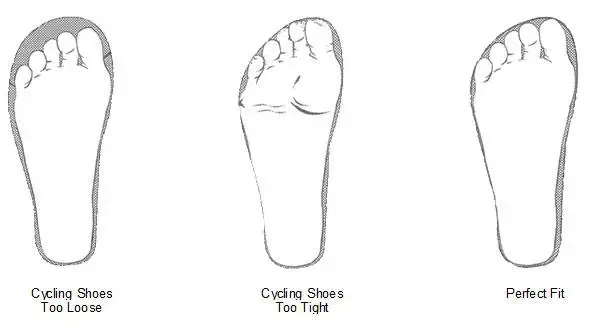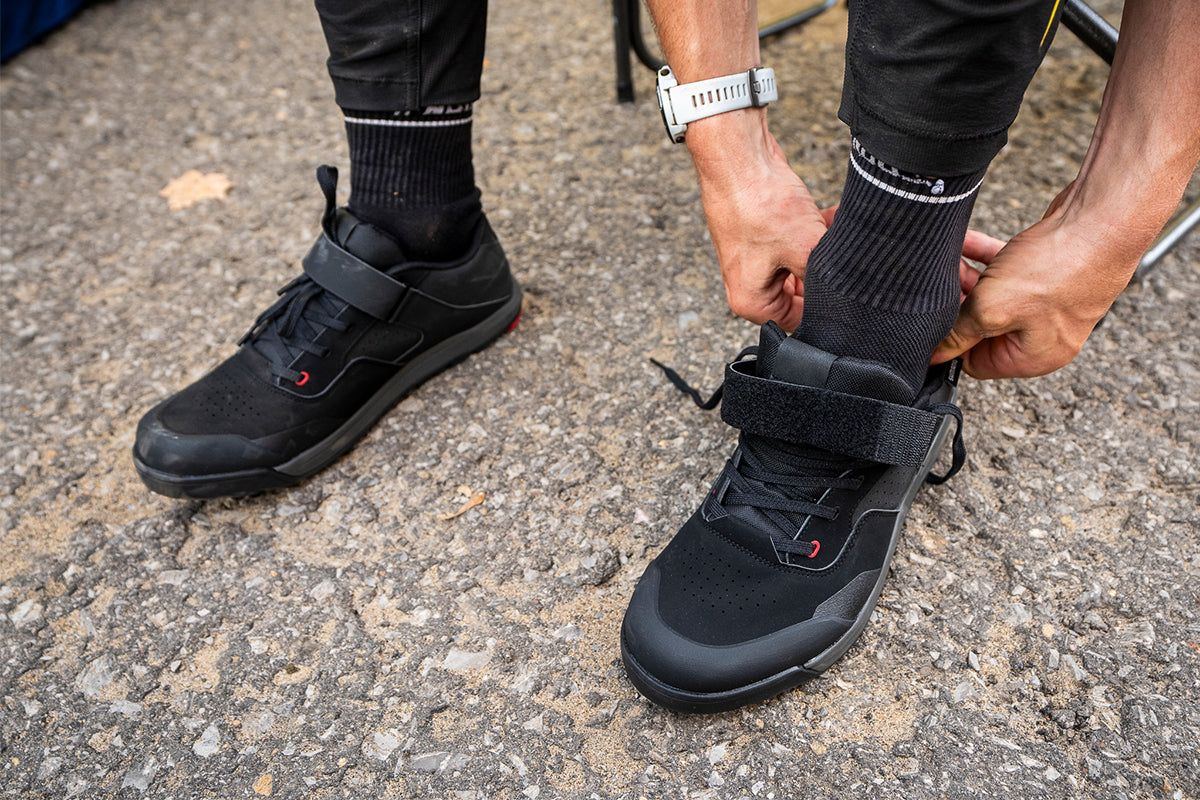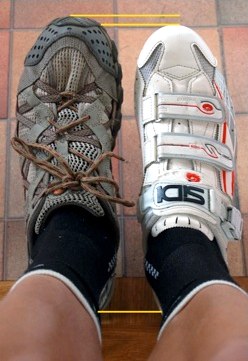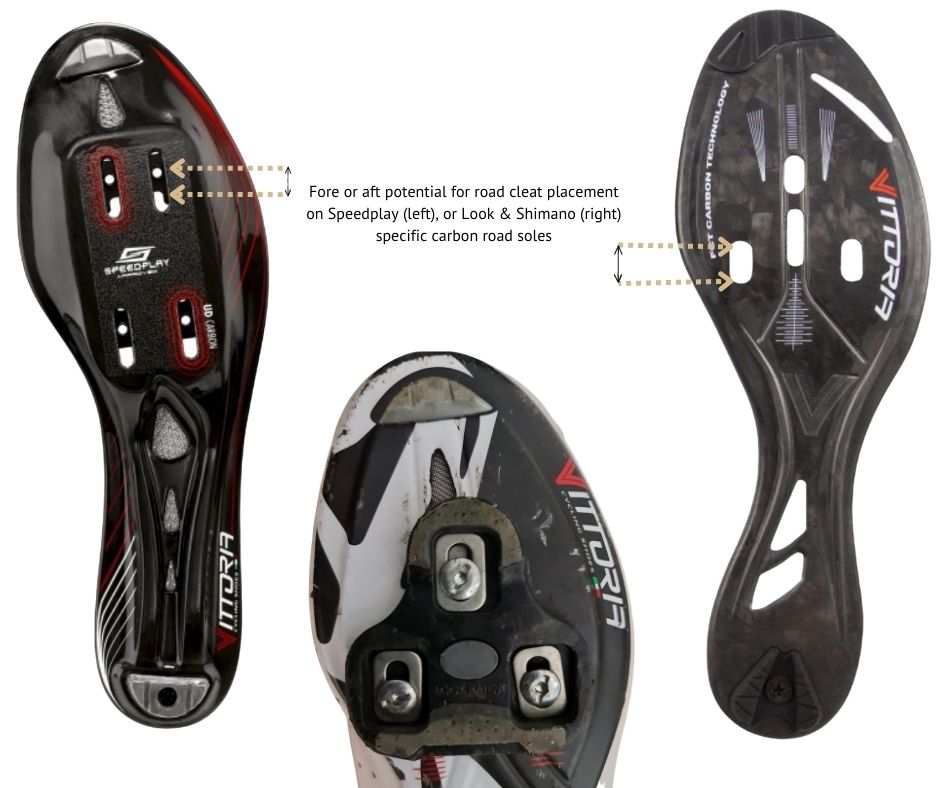Choosing the right cycling shoes is critical for both performance and comfort on the bike. One of the most common questions among cycling enthusiasts, whether they’re professionals or weekend warriors, is: “How tight should cycling shoes be?” In this article, we will explore the ideal fit for cycling shoes and how it influences your cycling experience.
Understanding the Importance of Fit
The fit of your cycling shoes can significantly impact your performance, comfort, and overall cycling experience. Shoes that are too tight can lead to discomfort, numbing, and even injuries, while loose shoes may result in a lack of power transfer and control. The right fit is key to achieving your best performance on the bike.
The Anatomy of a Cycling Shoe
To comprehend how tight your cycling shoes should be, it’s important to understand what constitutes a good cycling shoe. A cycling shoe typically comprises the following parts: the upper (which covers your foot), the sole (which connects to the pedals), and the closure system (like Velcro or BOA dials). Each of these components impacts fit and performance.

Types of Cycling Shoes
- Road Cycling Shoes: Designed for optimal power transfer, these shoes often have a rigid sole.
- Mountain Biking Shoes: These are more flexible and provide grip for walking on uneven terrains.
- Indoor Cycling Shoes: Perfect for spin classes, they cater to both comfort and performance.

How Tight Should Cycling Shoes Be?
The ideal tightness of cycling shoes varies based on the type of cycling, personal preference, and foot anatomy. Generally, cycling shoes should feel snug but not painfully tight. Your toes should just barely graze the toe box when standing. When seated and clipped in, your heel should not lift out of the shoe.

Guidelines for a Comfortable Fit
- Your toes should not be cramped in a small space.
- When leaning forward, your heel should stay put, ensuring efficient power transfer.
- Check for pressure points; the shoe should feel snug around the midfoot without being constricting.

Consider the Closure System
The closure system of your cycling shoes can impact the fit. Here are some popular options:

- BOA Dials: Allow for micro-adjustments for a customized fit.
- Velcro Straps: Offer adjustability but may loosen over time.
- Laces: Provide a traditional fit but can be inconvenient for quick adjustments.
Real-World Experiences: Testimonials from Cyclists

Real-world experiences can provide valuable insights into how tight cycling shoes should be. Let’s look at a few testimonials from passionate cyclists:
Cyclist Case Study: Sarah’s Road Journey

Sarah, a competitive road cyclist, shared her experience adjusting her cycling shoe fit: “I used to wear my shoes too tight, thinking they would enhance my performance, but all I ended up with were numb toes during long rides. After consulting with a professional, I realized that a snug fit without excessive pressure is what I needed. Now, I can pedal harder without the discomfort.”
Cyclist Case Study: Tom’s Mountain Biking Adventures
On the other hand, Tom, an avid mountain biker, stated, “My shoes felt great at first, but I started feeling pain in my arch. After reassessing the fit, I learned I needed to loosen my shoes slightly. The right fit improved my grip on the pedals and made steep climbs a lot easier.”
Comparison Table: Cycling Shoe Types and Their Fit Characteristics
| Type of Shoe | Recommended Fit | Pros | Cons |
|---|---|---|---|
| Road Cycling Shoes | Snug, minimal movement | Excellent power transfer, lightweight | Limited walking comfort |
| Mountain Biking Shoes | Moderate, adjustable fit | Versatile for walking, good grip | Heavier than road shoes |
| Indoor Cycling Shoes | Snug to comfortable | Great for group classes, easy to get on/off | Less stiff for outdoor cycling |
Tips for Finding the Perfect Fit
Finding the perfect fit can take time and patience. Here are some tips to ensure your cycling shoes feel just right:
1. Try on Shoes Later in the Day
Your feet typically swell throughout the day. Trying on cycling shoes in the afternoon or evening can give you a more accurate idea of the fit you’ll experience during rides.
2. Opt for the Right Socks
Wearing the type of socks you’ll use while cycling is essential. Thin, moisture-wicking socks can alter the fit, so make sure to choose accordingly when trying on shoes.
3. Walk in Them
If possible, walk around in the shoes before making a final decision. This can help identify any discomfort or pressure points.
Product Highlights: Best Cycling Shoes for Different Needs
There are countless options in the cycling shoe market. Here are some highlighted products based on cycling type:
Road Cycling Shoes
- Sidi Genius 10: Renowned for its comfort and performance, featuring a micro-adjustable buckle.
- Shimano SH-RC902: Lightweight and stiff, perfect for serious roadies.
Mountain Biking Shoes
- Five Ten Freerider: Provides excellent grip and comfort for all-day rides.
- Giro Chamber II: Great for steep trails with a rugged sole for walking.
Indoor Cycling Shoes
- Peloton Shoes: Designed for cycling at home, with a quick-dry fabric.
- Sidi T-3 Air: Offers breathability and a snug fit for indoor enthusiasts.
Pros and Cons of Tight Cycling Shoes
As with anything, cycling shoes also come with their pros and cons depending on the fit:
Pros
- Improved power transfer.
- Better control over your bike.
- Enhanced comfort during rides if fitted correctly.
Cons
- Pain and discomfort if shoes are too tight.
- Limited blood circulation leading to numbness.
- Increased risk of injury to the foot or ankle.
Frequently Asked Questions (FAQs)
1. How do I know if my cycling shoes are too tight?
If you experience numbness, pain, or excessive pressure on any part of your foot after a short ride, your shoes may be too tight.
2. Is it better to buy cycling shoes a size up?
Not necessarily. It’s best to find the correct size and fit rather than simply sizing up. Each brand has different sizing standards.
3. Can I use regular shoes for cycling?
While regular shoes can be used for casual cycling, specialized cycling shoes offer better performance due to their design and sole rigidity.
4. How often should I replace my cycling shoes?
Generally, cycling shoes should be replaced every 500-1000 miles, depending on the shoe’s construction and your riding frequency.
5. What type of socks should I wear with cycling shoes?
Moisture-wicking socks are typically best, as they help prevent blisters and keep your feet dry.
6. Can I adjust the fit of my cycling shoes?
Yes, many cycling shoes come with adjustable closure systems like BOA dials or Velcro straps to help you find a comfortable fit.
7. How do I clean my cycling shoes?
Remove dirt with a damp cloth, and use a soft brush for stubborn grime. Avoid soaking them in water and let them dry naturally.
8. Are expensive cycling shoes worth it?
Higher-priced cycling shoes often provide better materials, improved comfort, and enhanced performance. However, the right fit is more important than the price tag.
9. Do all cycling shoes fit the same?
No, sizing can vary by brand and model. Always try on shoes from different brands to find the best fit.
Conclusion
In conclusion, the fit of your cycling shoes significantly affects your performance and comfort. By understanding how tight cycling shoes should be and considering personal preferences, you can greatly enhance your cycling experience. Remember to keep trying different types and brands until you find the perfect match for your cycling journey!